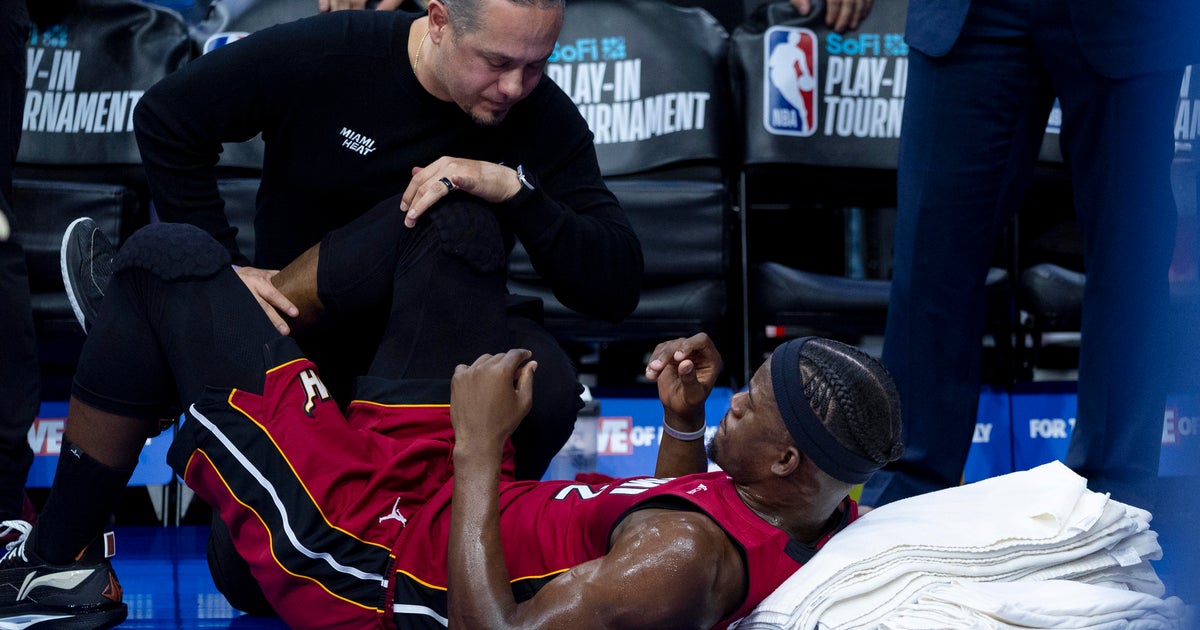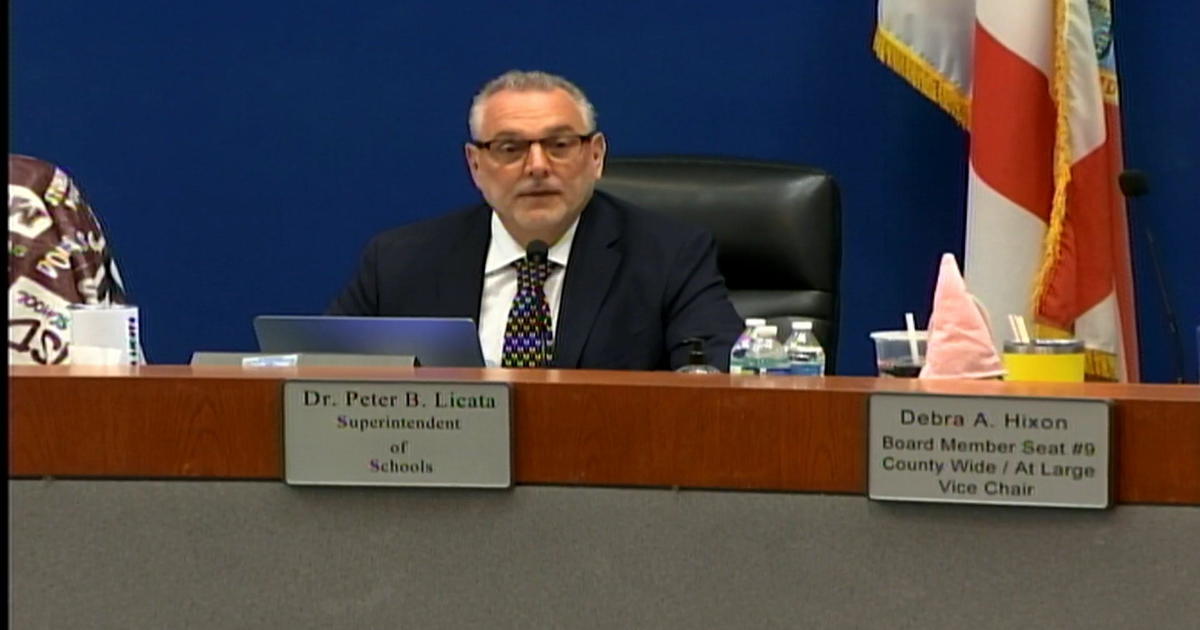SpaceX's 4th Recovered Rocket Arrives Leaning On Barge
Follow CBSMIAMI.COM: Facebook | Twitter
CAPE CANAVERAL, Fla. (AP) — Call it the Leaning Tower of SpaceX.
SpaceX's fourth recovered rocket returned to shore Thursday, leaning to one side but still standing tall on its ocean-landing platform.
The first-stage booster pushed the limits during the landing last Friday. Its speed was close to the design maximum for the rocket and the support system for its legs.
Although the 15-story rocket was in danger of tipping over, it remained upright as it pulled into Port Canaveral, smudged black in places. Friday's touchdown followed the rocket's launch of a satellite.
SpaceX is working to recycle its rockets; the first one may again fly in two to three months.
Chief executive Elon Musk said the booster represents 70 percent of the cost of a Falcon rocket, on the order of $30 million to $35 million. So it makes sense, he said, to reuse the pieces. In fact, he said at Code Conference 2016 in Southern California on Wednesday, it's "tragic" to discard them in the ocean, as has been the case throughout history.
Musk said he tells his team, "Imagine there was a pallet of cash that was plummeting through the atmosphere and it was going to burn up and smash into tiny pieces. Would you try to save it? Probably yes. Yeah, that sounds like a good idea.
"So we want to get it back, and that way we don't have to make another one. I think it's quite tragic if rockets like get smashed into tiny pieces."
The Hawthorne, California-based SpaceX is the first and only rocket-maker to land boosters used in orbital missions. Blue Origin's touchdowns in Texas have occurred following suborbital flights.
SpaceX's first successful landing occurred in December at Cape Canaveral Air Force Station. Three sea landings have followed off Florida's east coast, first in April, then two more in May. The stages look "quite good," according to Musk. For the landing, the rocket flips around, uses its engines to slow down and sets down on pop-out legs.
Musk said the company is working hard to whittle down a six-month backlog in Falcon 9 launches, following last summer's launch accident that destroyed cargo for the International Space Station. NASA represents about a quarter of this business, with commercial satellite operators and science payloads making up the rest.
SpaceX hopes to launch astronauts to the space station by the end of next year in beefed-up Dragon capsules, and in 2018 send an unmanned Dragon to Mars. He foresees sending humans to Mars via SpaceX rockets and spacecraft in 2024, if things go according to plan.
(© Copyright 2016 The Associated Press. All Rights Reserved. This material may not be published, broadcast, rewritten or redistributed.)


